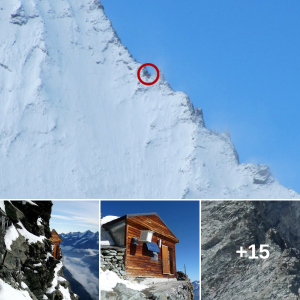
Fireballs are extremely common, if easy to miss. Several thousand fireballs fall toward Earth every day, according to AMS, though a huge majority of these fall over oceans and uninhabited areas, or are simply masked by the brightness of day. Most of these meteors burn up completely in the atmosphere. Typically, a fireball must have a greater magnitude than minus 8 to stand a chance of crashing into Earth as a meteorite, AMS added. A brighter object typically denotes a larger object, which is more likely to survive the trip through the atmosphere.
It’s hard to say how big and bright the meteor that fell over the northeastern U.S. on Sunday was, as the fireball’s apparent magnitude changes based on its distance from the observer. Witnesses estimated that the fireball had a magnitude anywhere from zero to minus 26 — meaning some observers saw a ball that shone almost as brightly as the sun.
Reports of the fireball came in from dozens of cities across several states, including New York, Pennsylvania, Virginia, Maine and the provinces of Ontario and Quebec in Canada. Most witnesses estimated that the fireball remained overhead for between 1.5 and 3.5 seconds around 8:48 p.m. (ET).





